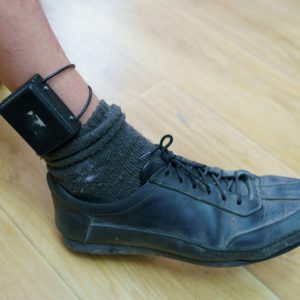
Can Repairing Abandoned Housing Reduce Gun Violence?
This research examines whether environmental changes such as housing façade repairs, trash cleanup, or weed removal can improve health and safety in low-income, Black neighborhoods.

This research examines whether environmental changes such as housing façade repairs, trash cleanup, or weed removal can improve health and safety in low-income, Black neighborhoods.

In this analysis, the Council reviews research examining the effects of debt relief on the likelihood of criminal activity and future involvement in the criminal justice system.

This analysis reviews a study showing that blending hot spots policing with procedural justice training has positive effects on crime rates, police behavior, and perceptions of police.

This analysis investigates how call takers who routinely assess calls as high-risk influence police officers’ interpretations of the scene. It also explores practical ways police agencies can respond to the problem.

What impact does electronic monitoring have on girls who have been adjudicated for delinquency or truancy? In this analysis, the Council reviews research on the effectiveness of such monitoring for reducing reoffending and improving outcomes among adolescent girls.

Does information about defendants’ adverse childhood experiences, such as abuse or neglect, affect jurors’ sentencing decisions in death penalty cases? This research examines that question.